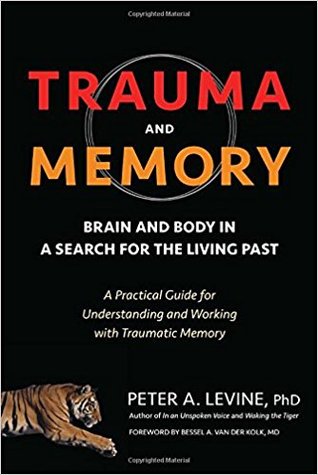More on this book
Kindle Notes & Highlights
Read between
January 26 - January 30, 2023
people can only regain ownership over themselves if they can be helped to feel safe and calm inside.
Our subjective experience always has a bodily component, just as all so-called bodily experiences have a mental component.
Allowing yourself to observe your inner processes activates brain pathways that connect the rational and the emotional parts of the brain, and this is the only known pathway through which a person can consciously rearrange the perceptual system of the brain.
Indeed, persistent maladaptive procedural and emotional memories form the core mechanism that underlies all traumas, as well as many problematic social and relationship issues.
The second step is to then work with their sensations so that an individual can access their incomplete sensory-motor response and begins to experience completion in an interoceptively based action and sensation. These two elements—relative calm and embodied action—break the positive feedback loop with its negative retraumatizing consequences.
However, considerable research about CID shows that implementing this approach directly after a traumatizing event, when people are emotionally stirred up, actually reinforces it and may lead to extended distress and retraumatization.
When this chapter was written, in the early 1990s, the idea of the generational transmission of trauma seemed, at best, to be thoroughly unscientific, if not fanciful. However, research over the past few years has not only chronicled the existence of such conduction but has demonstrated some of the epigenetic, molecular, and biochemical mechanisms responsible for such transmission.


